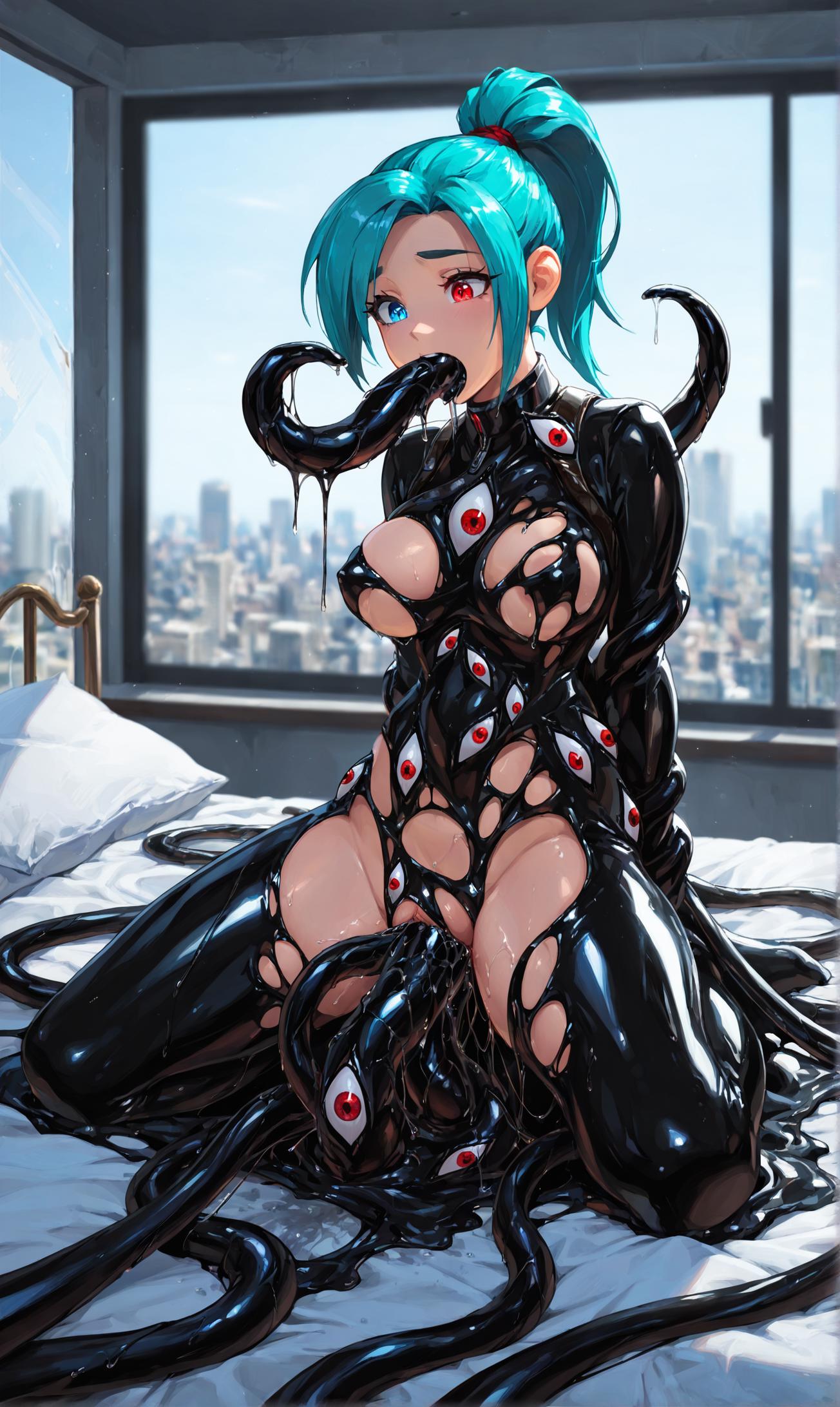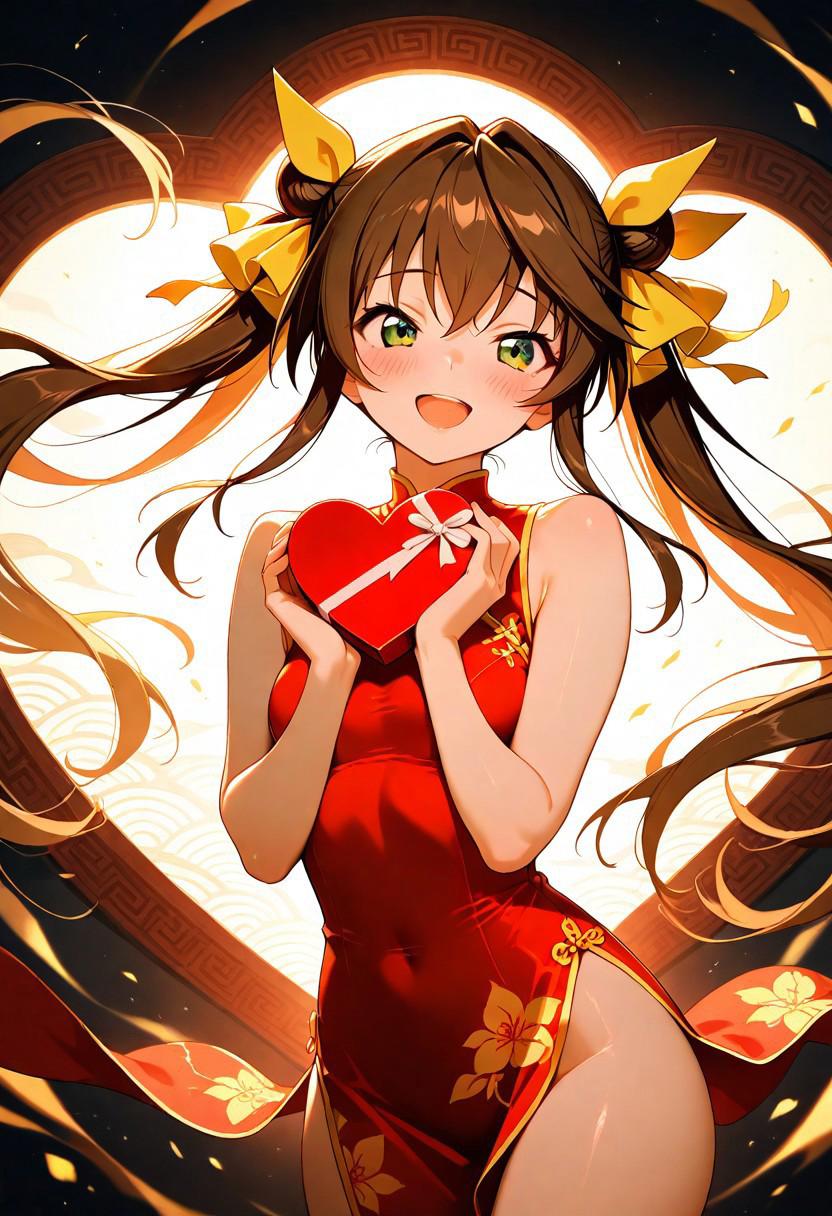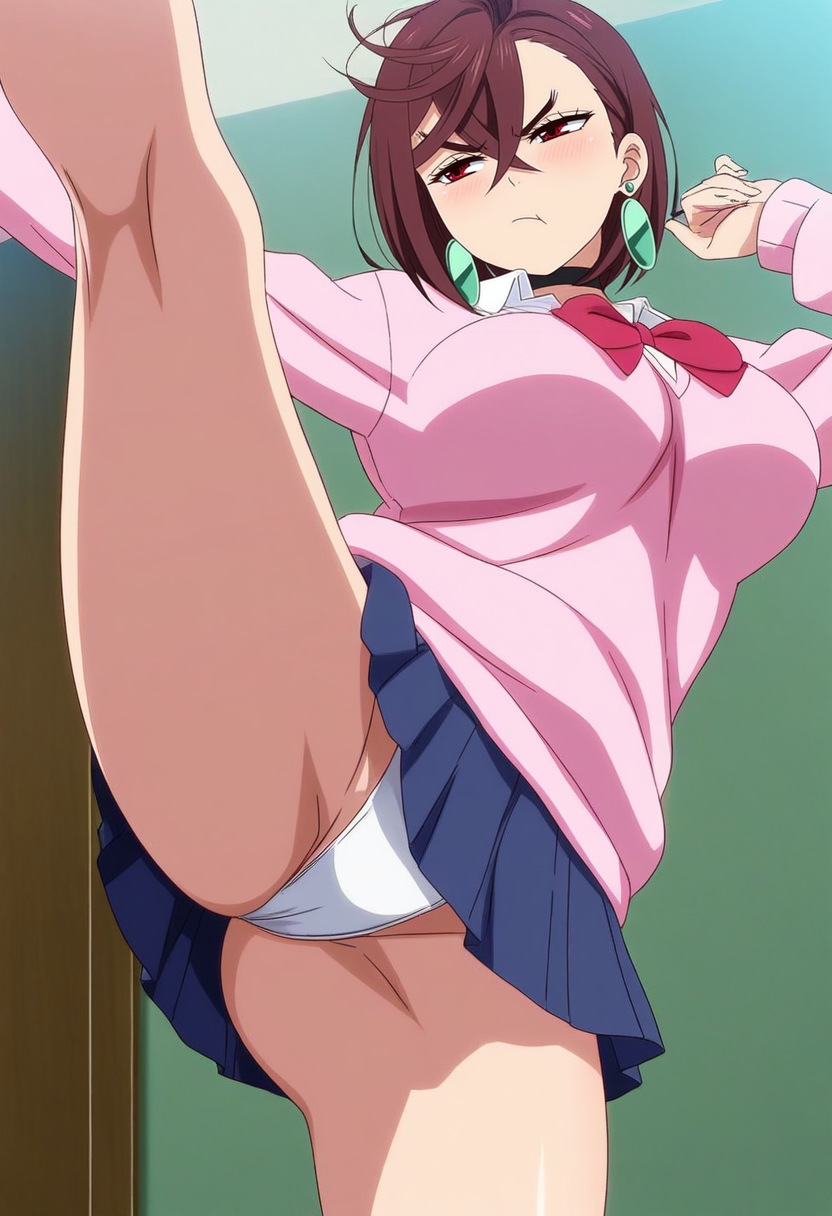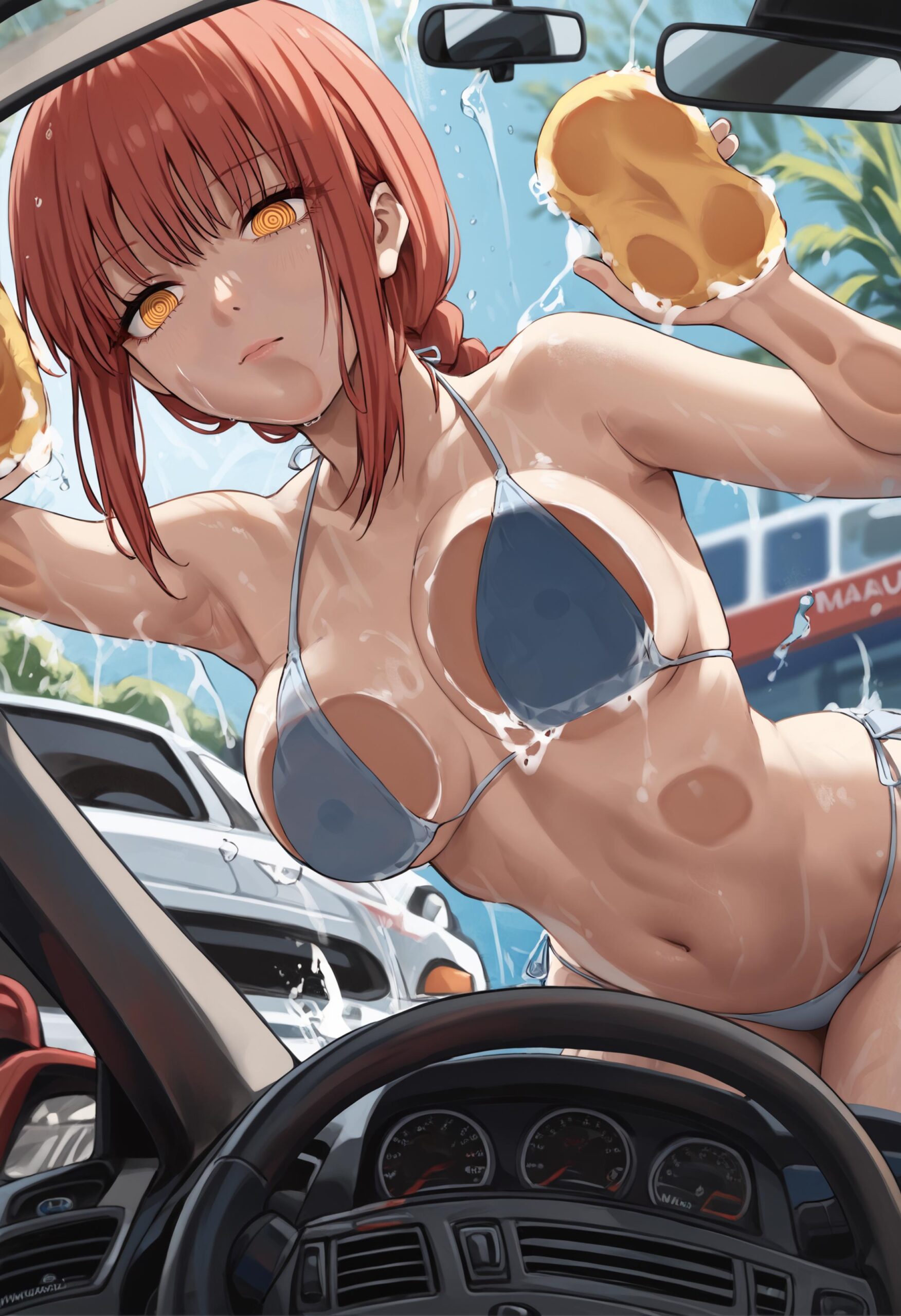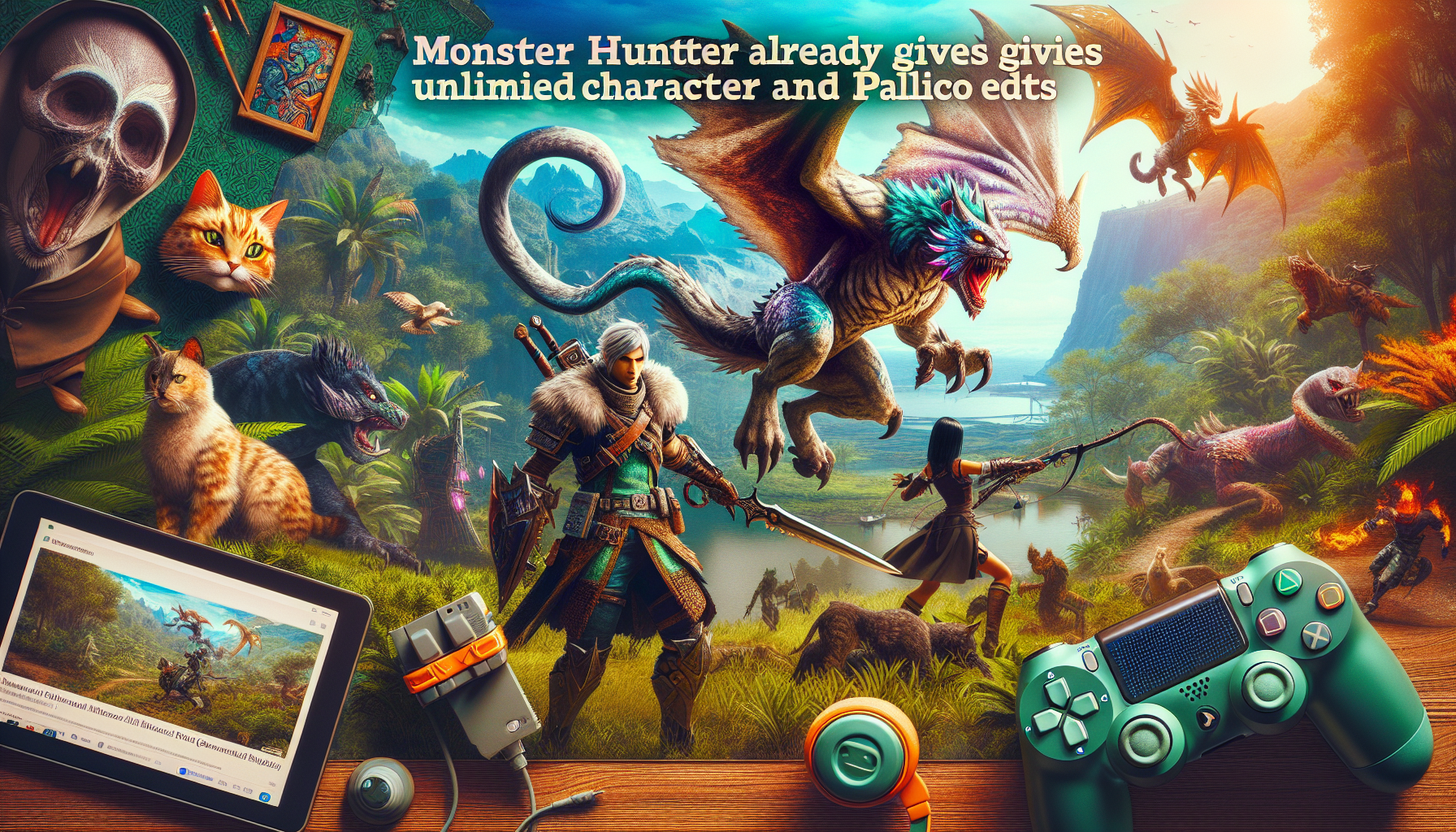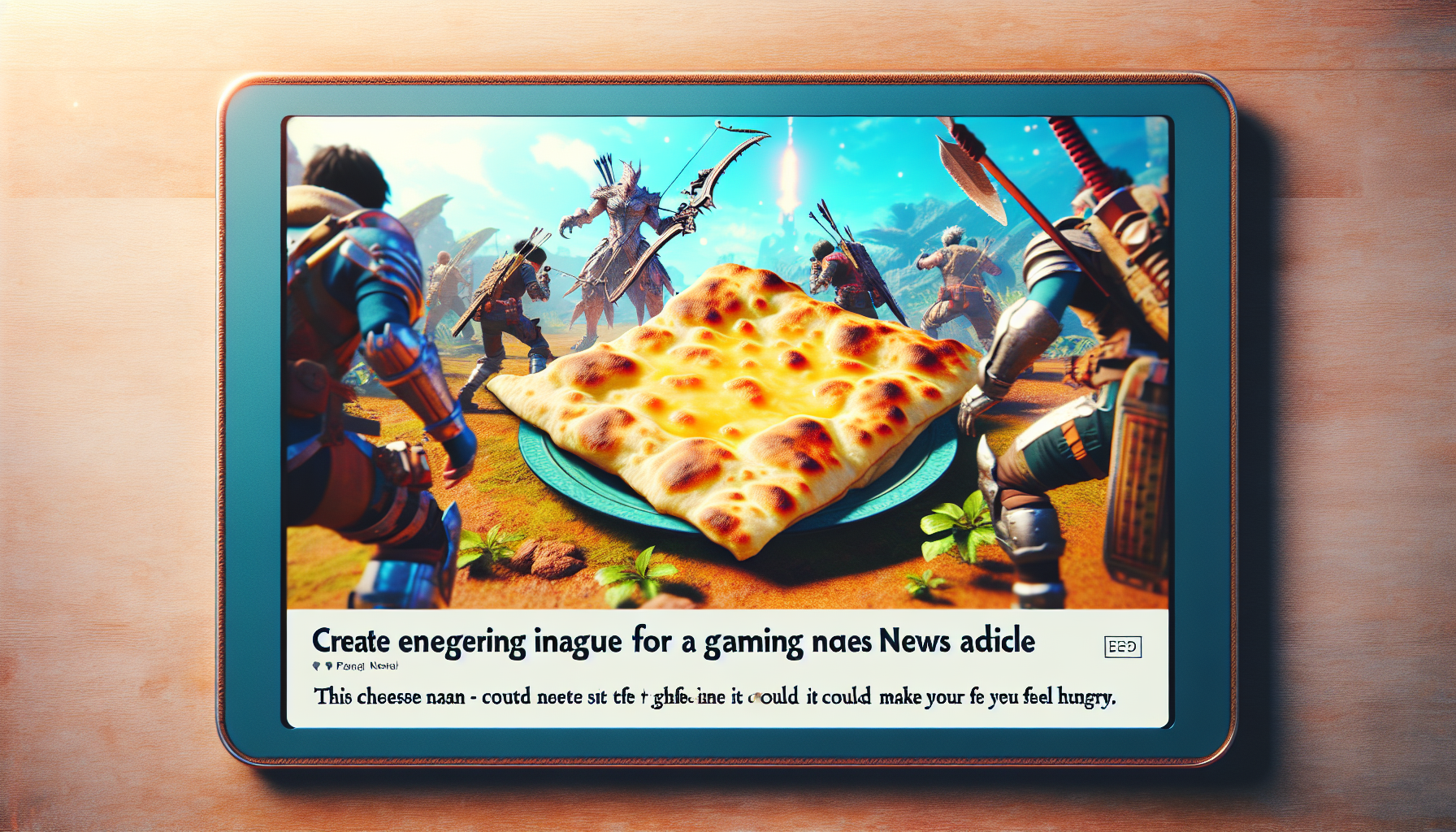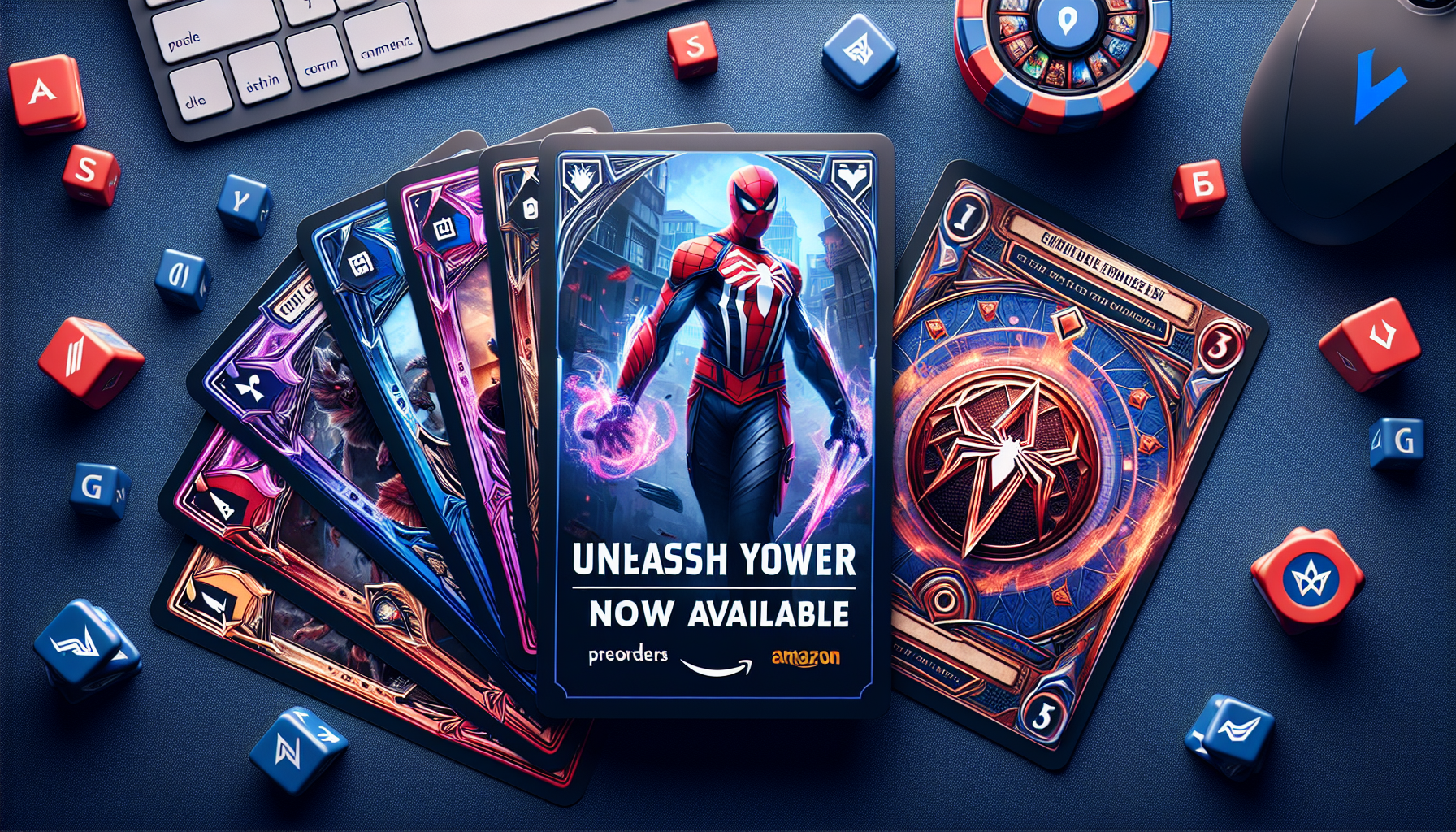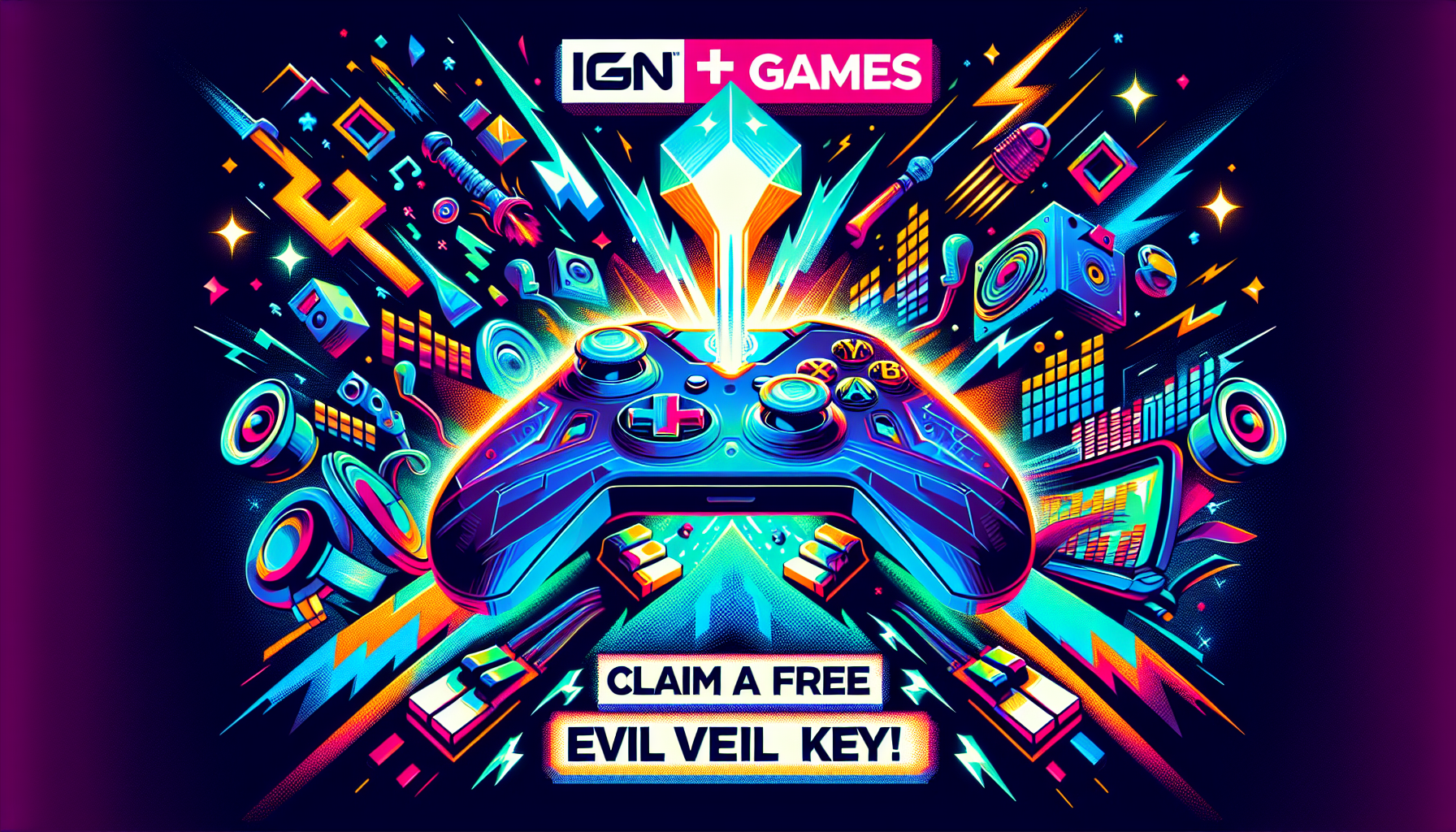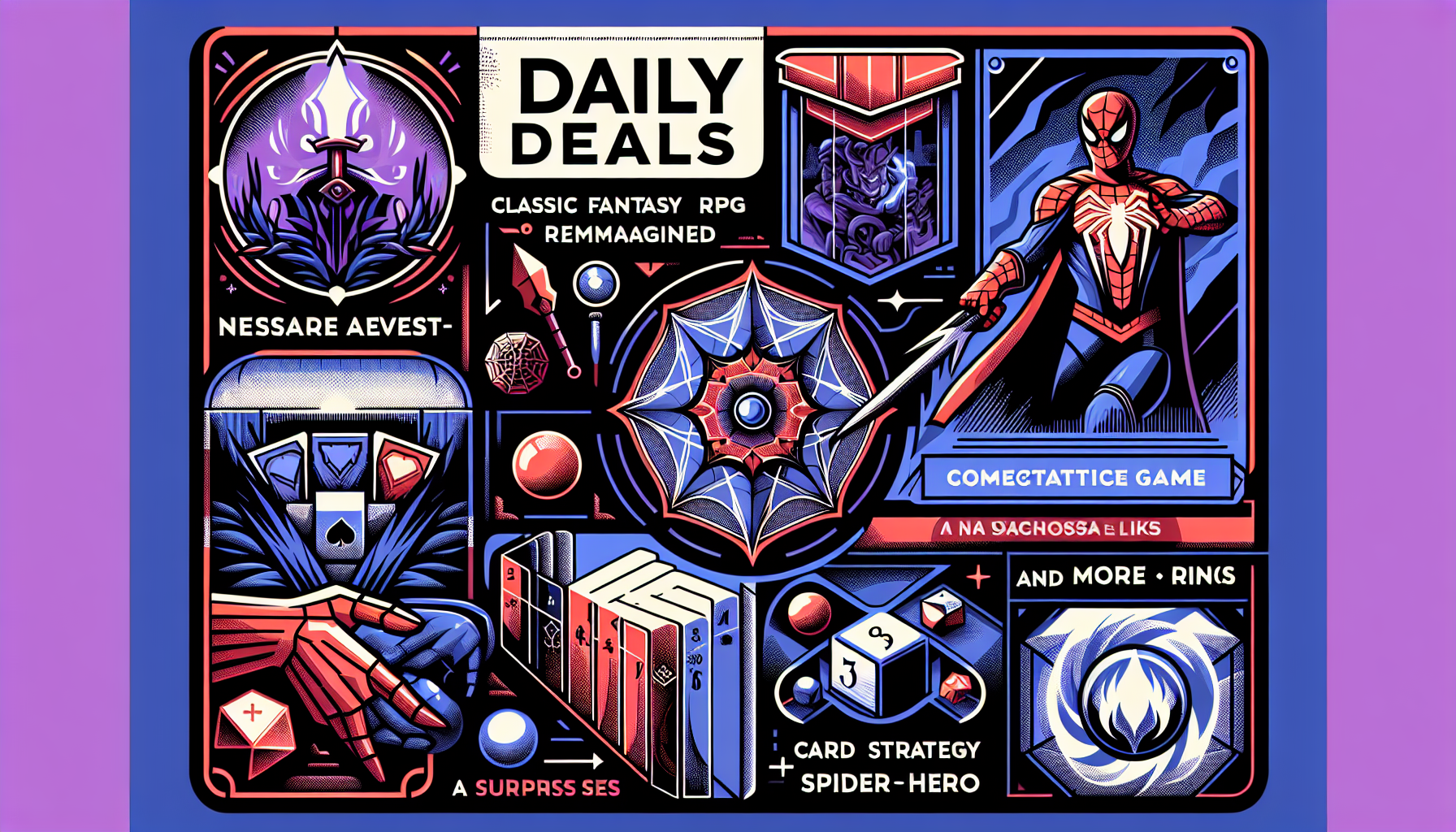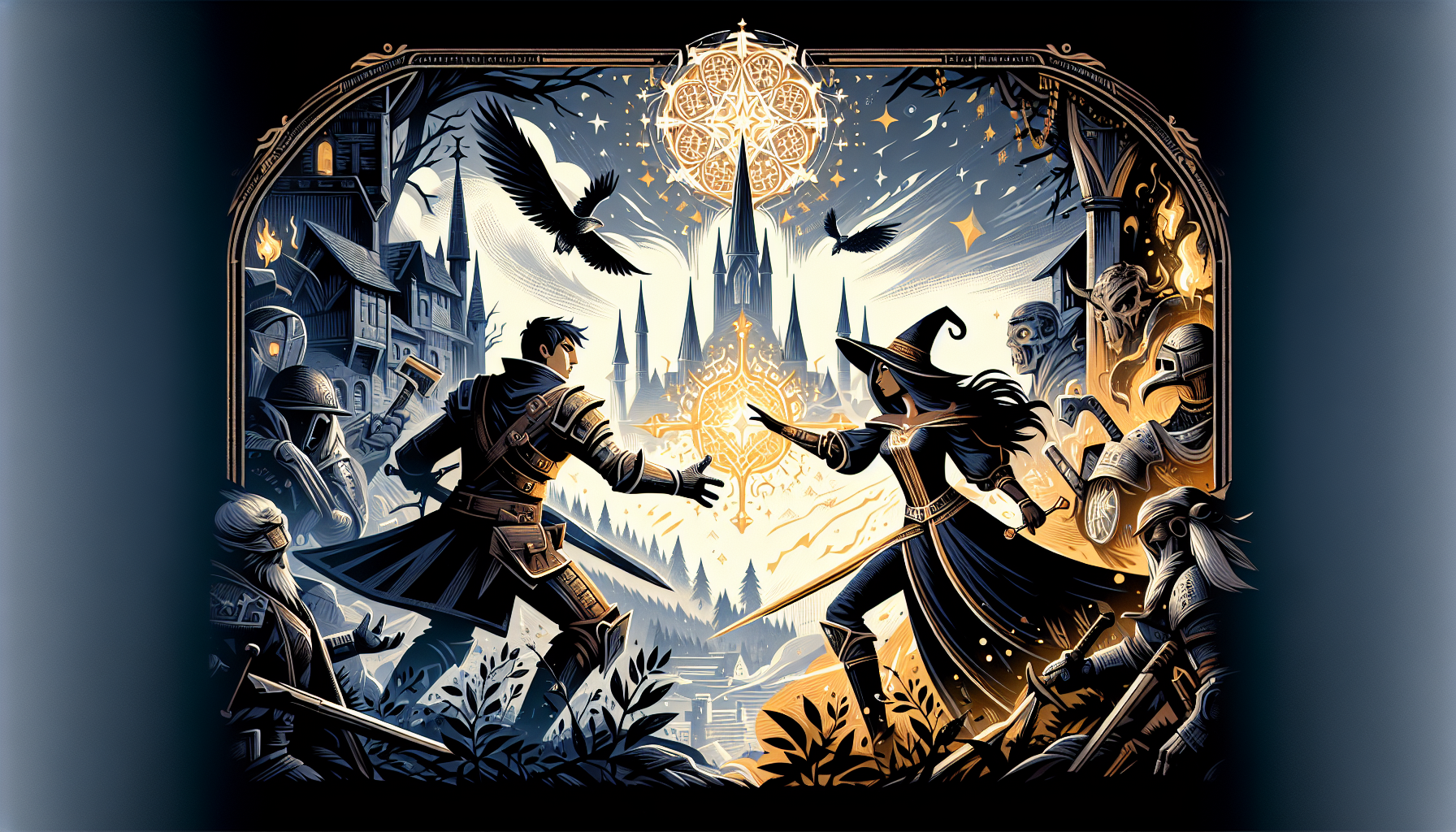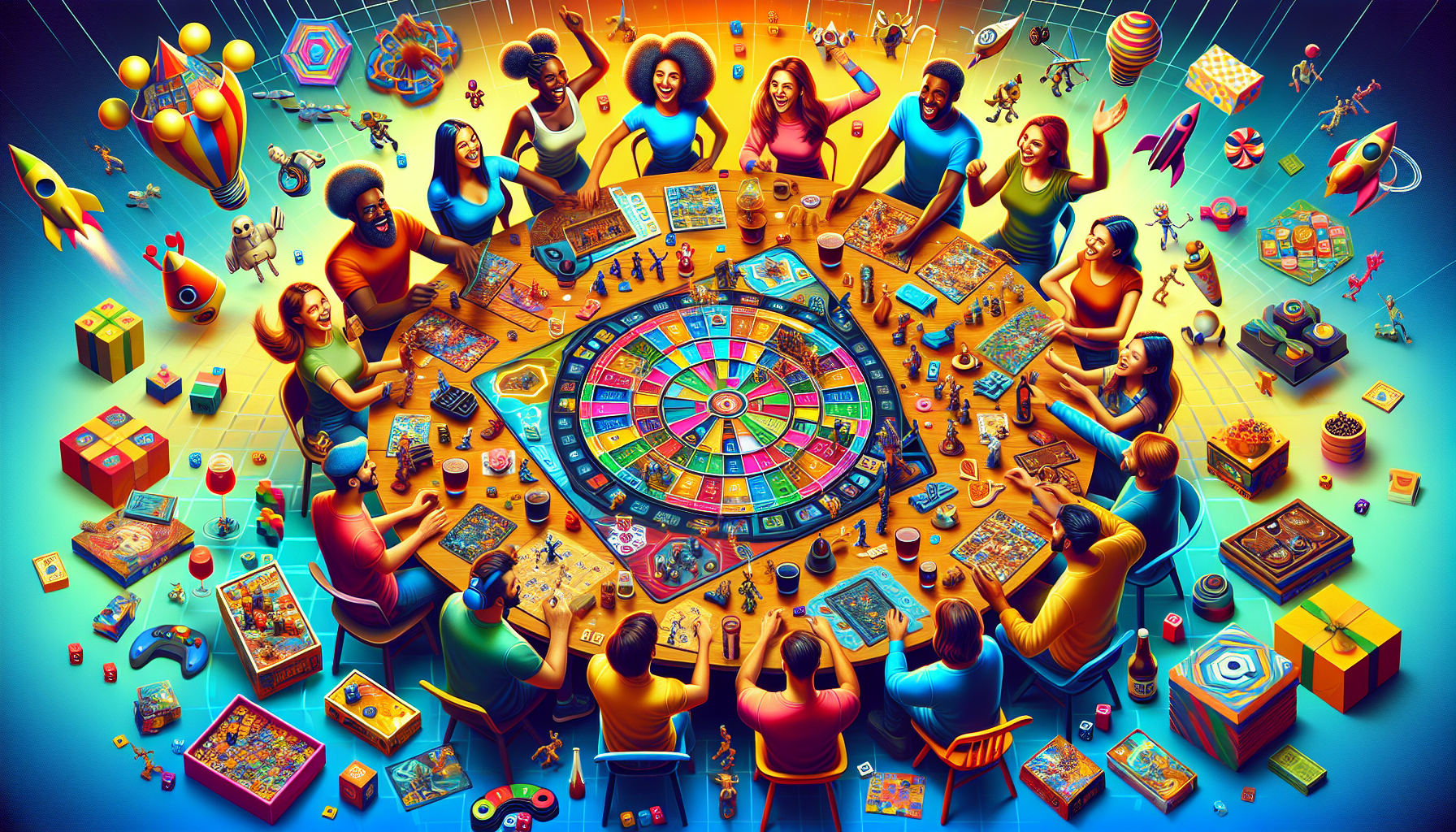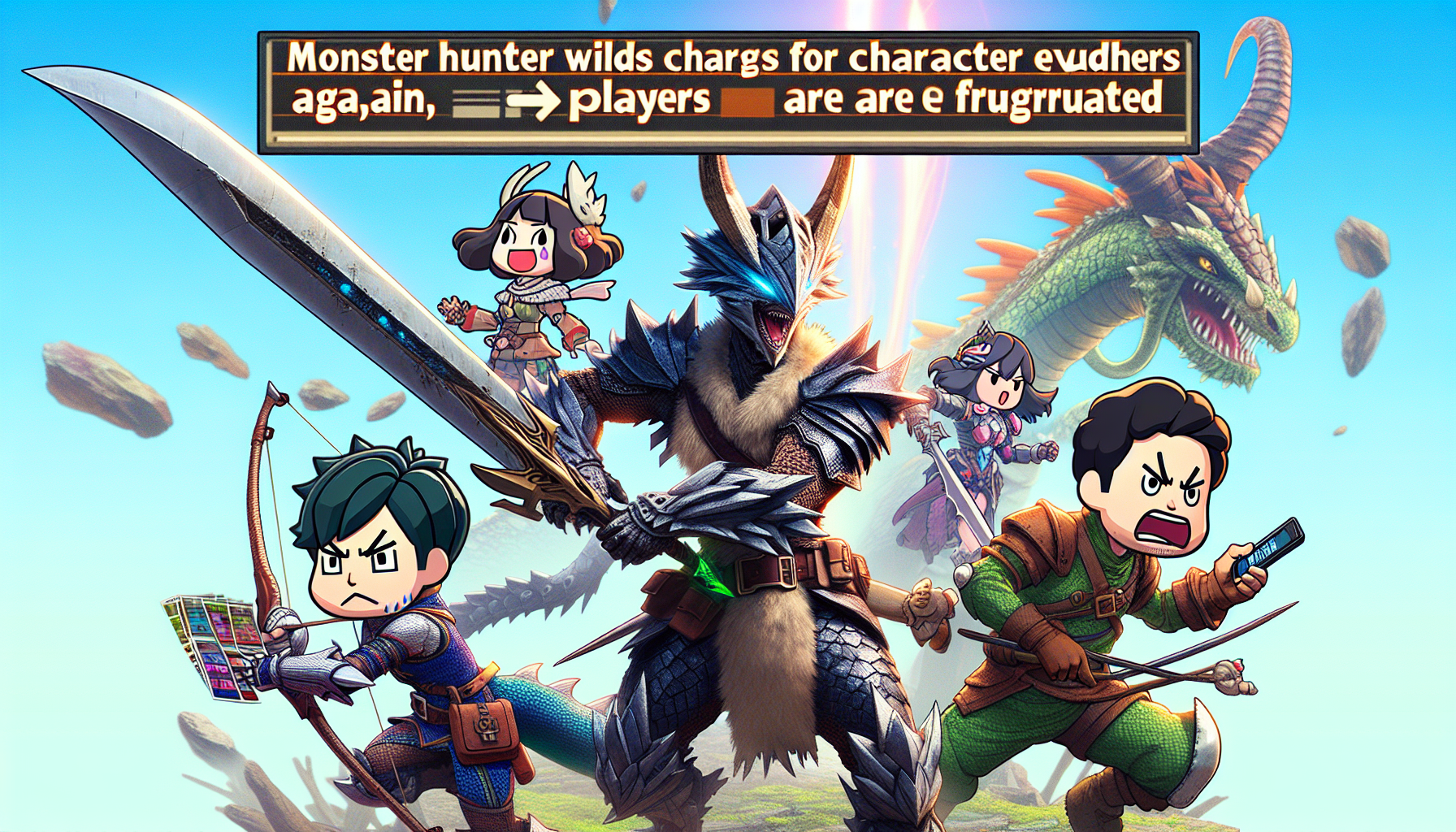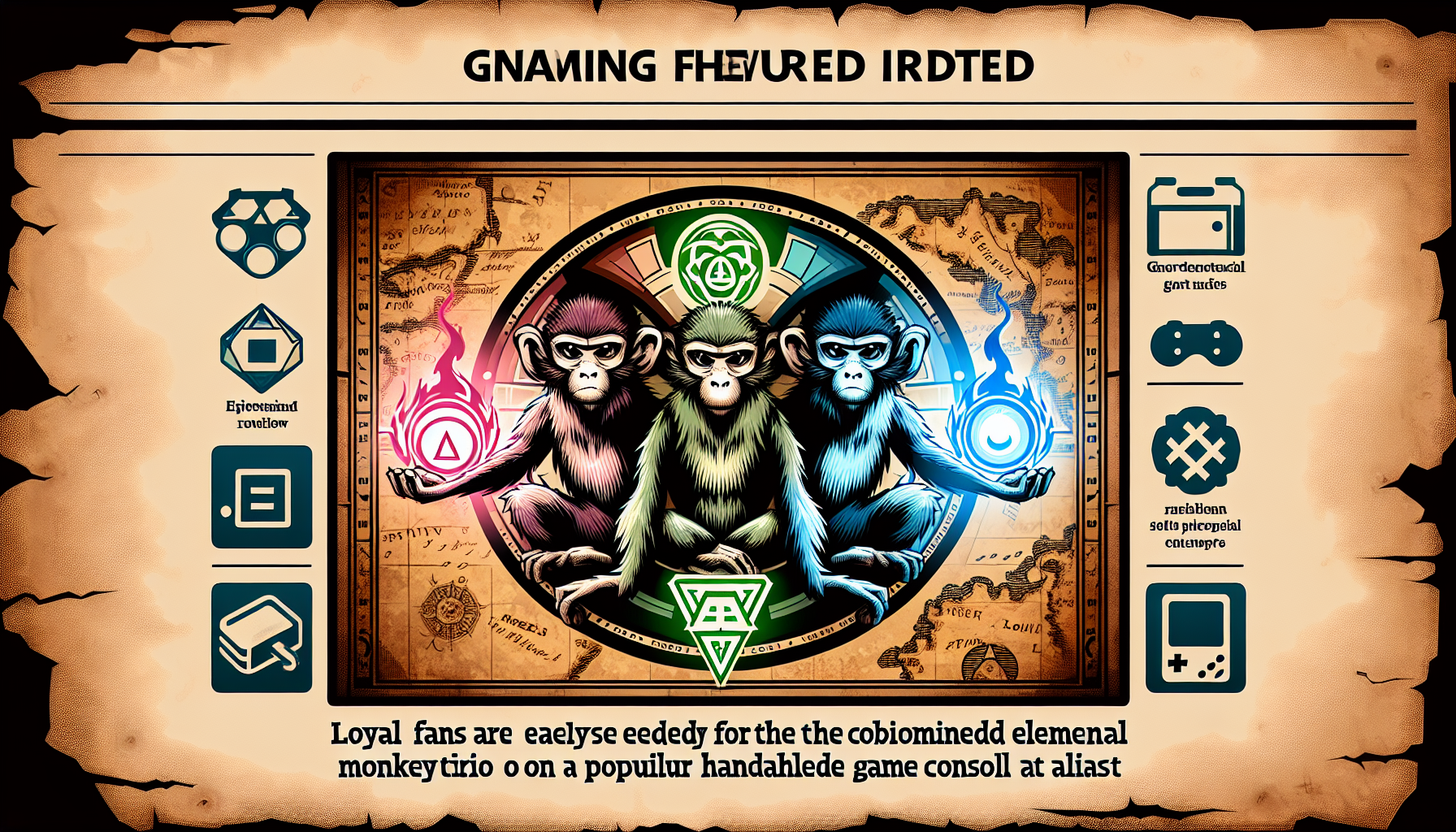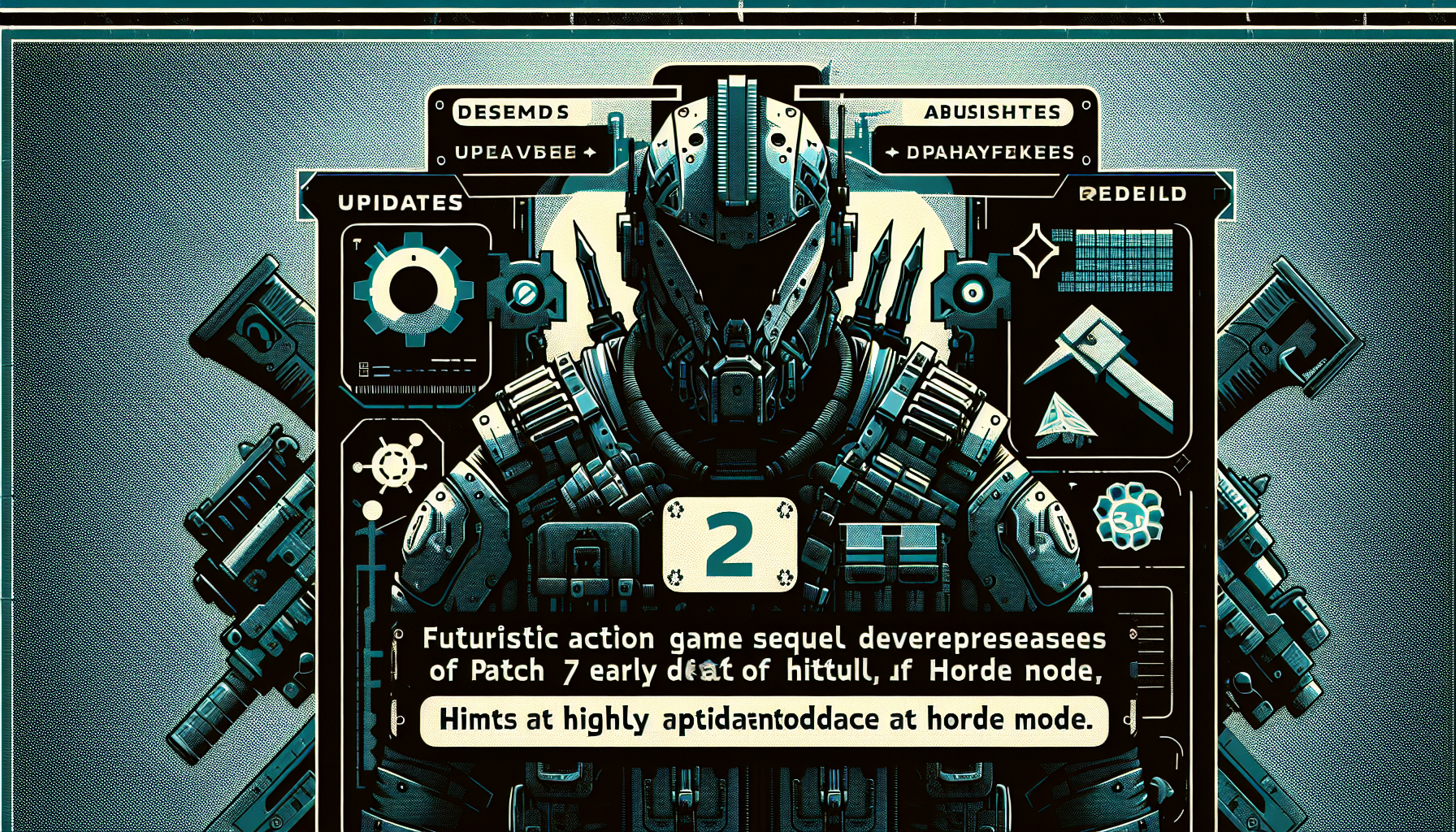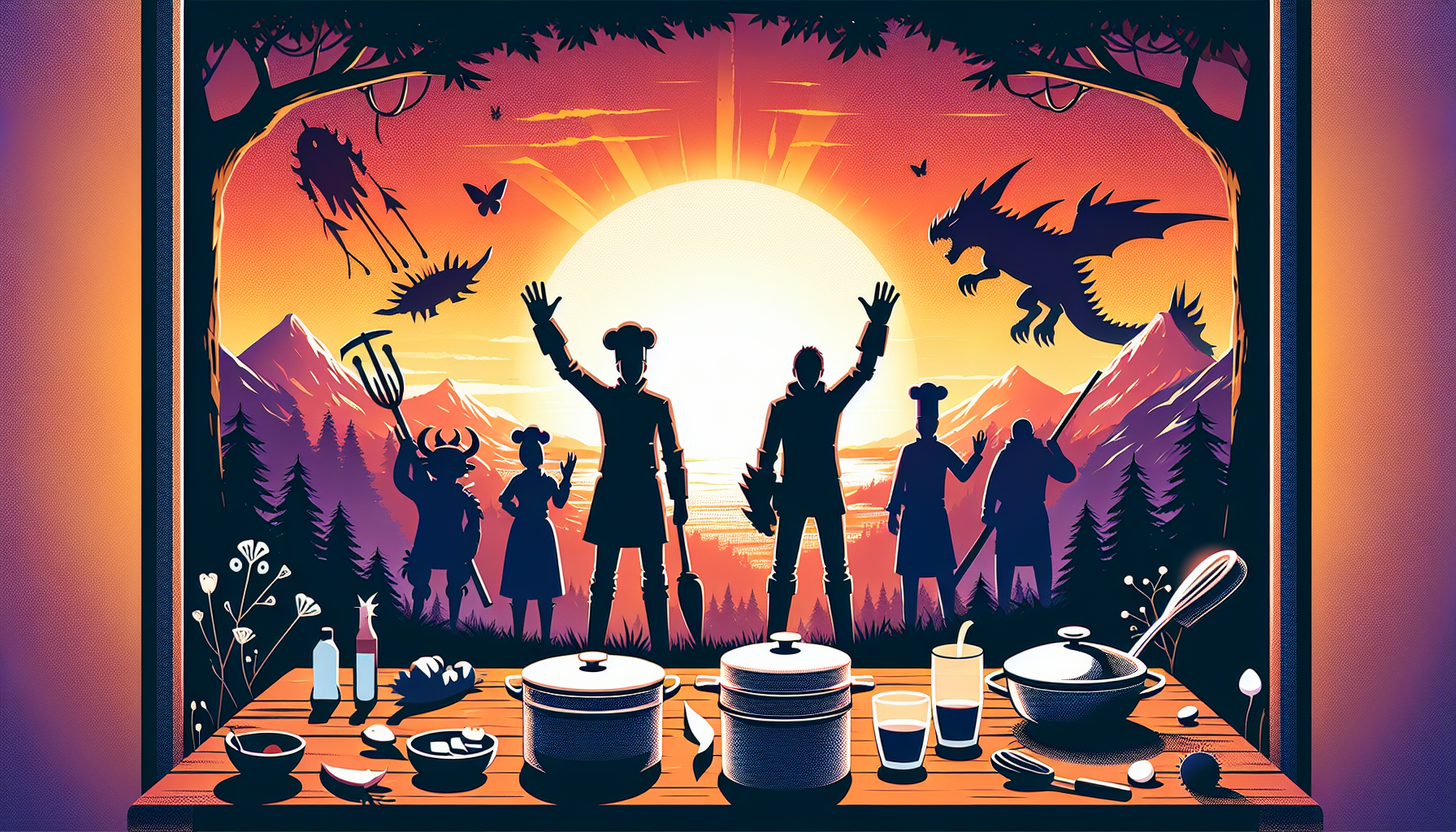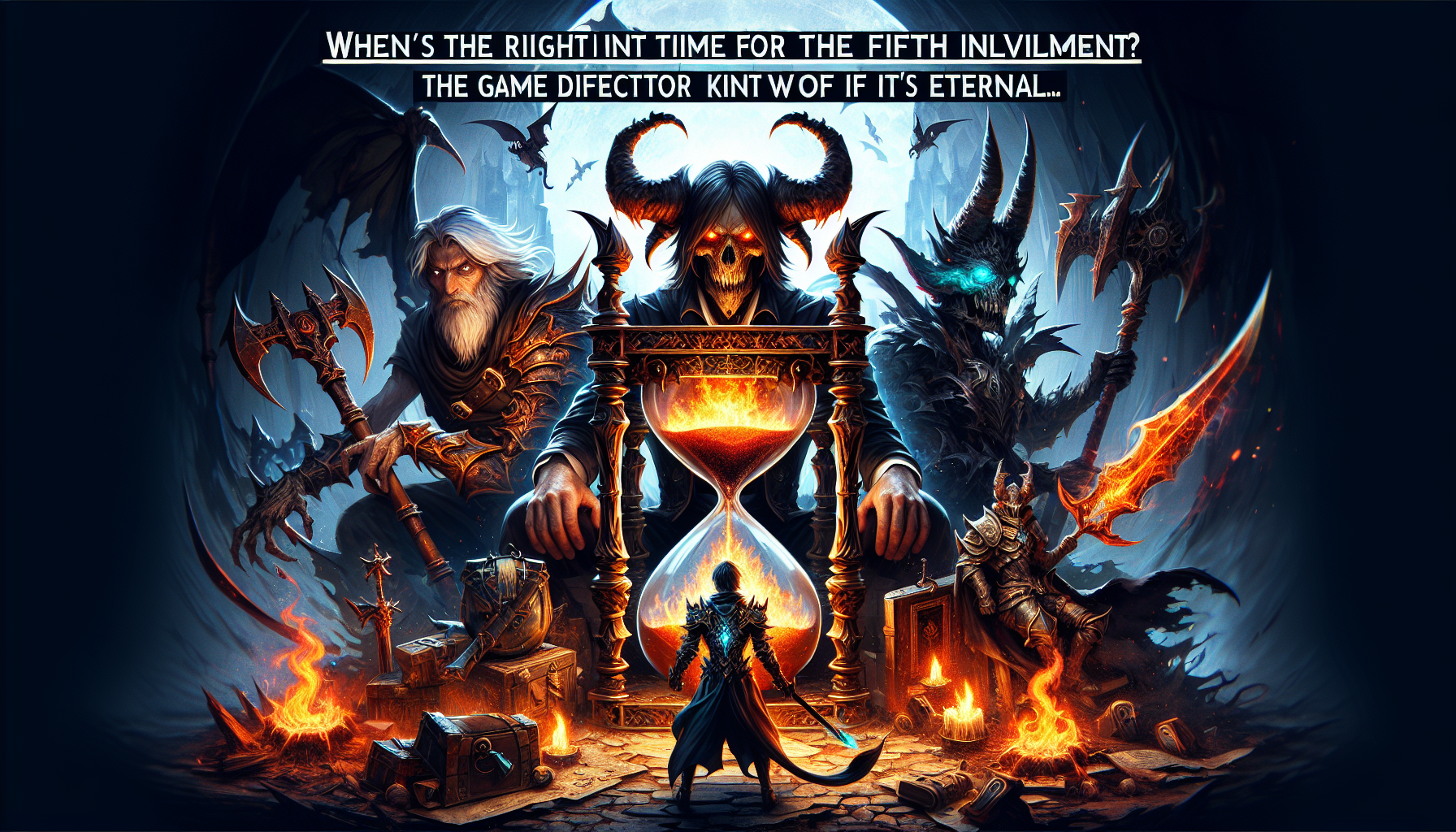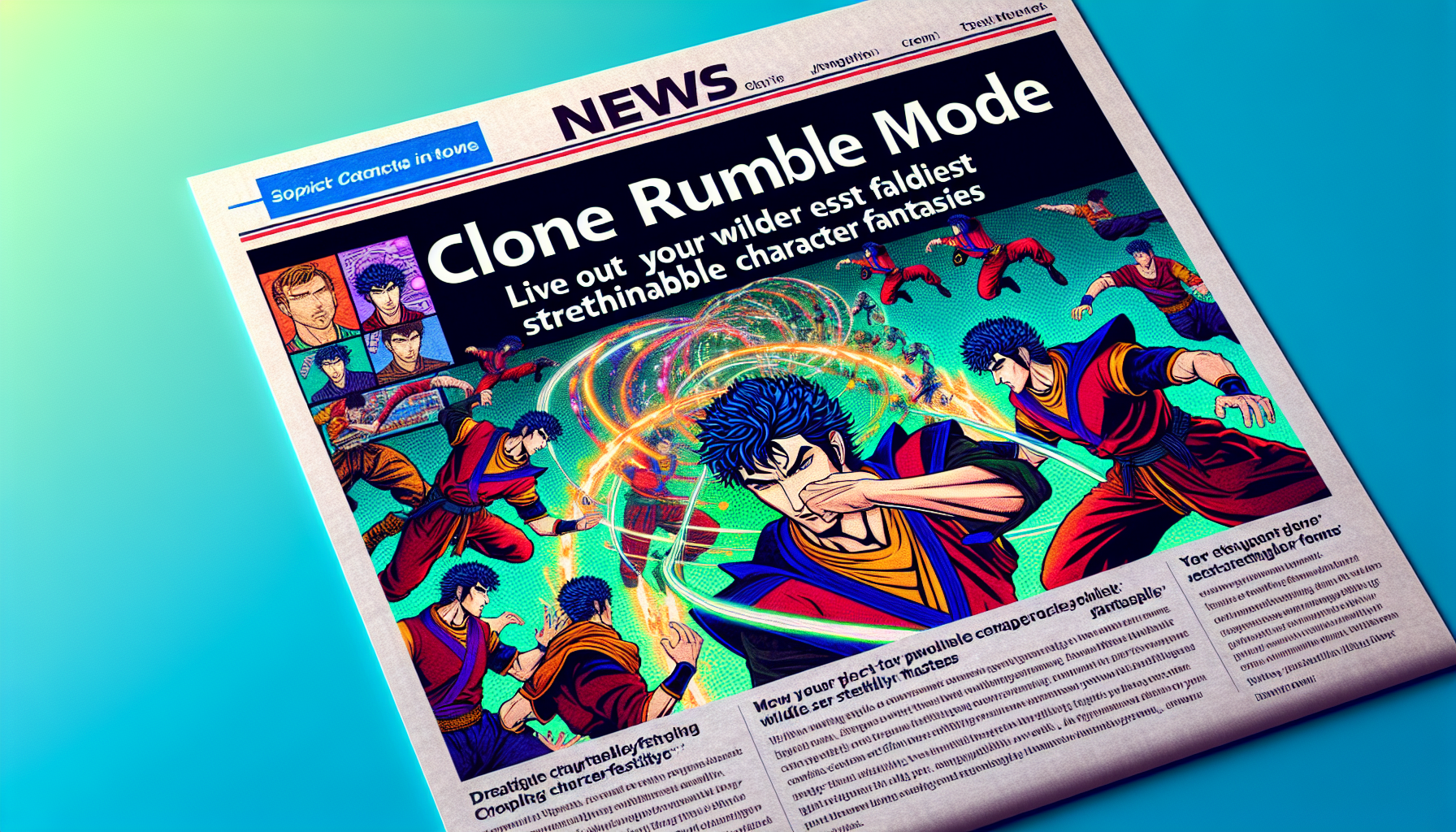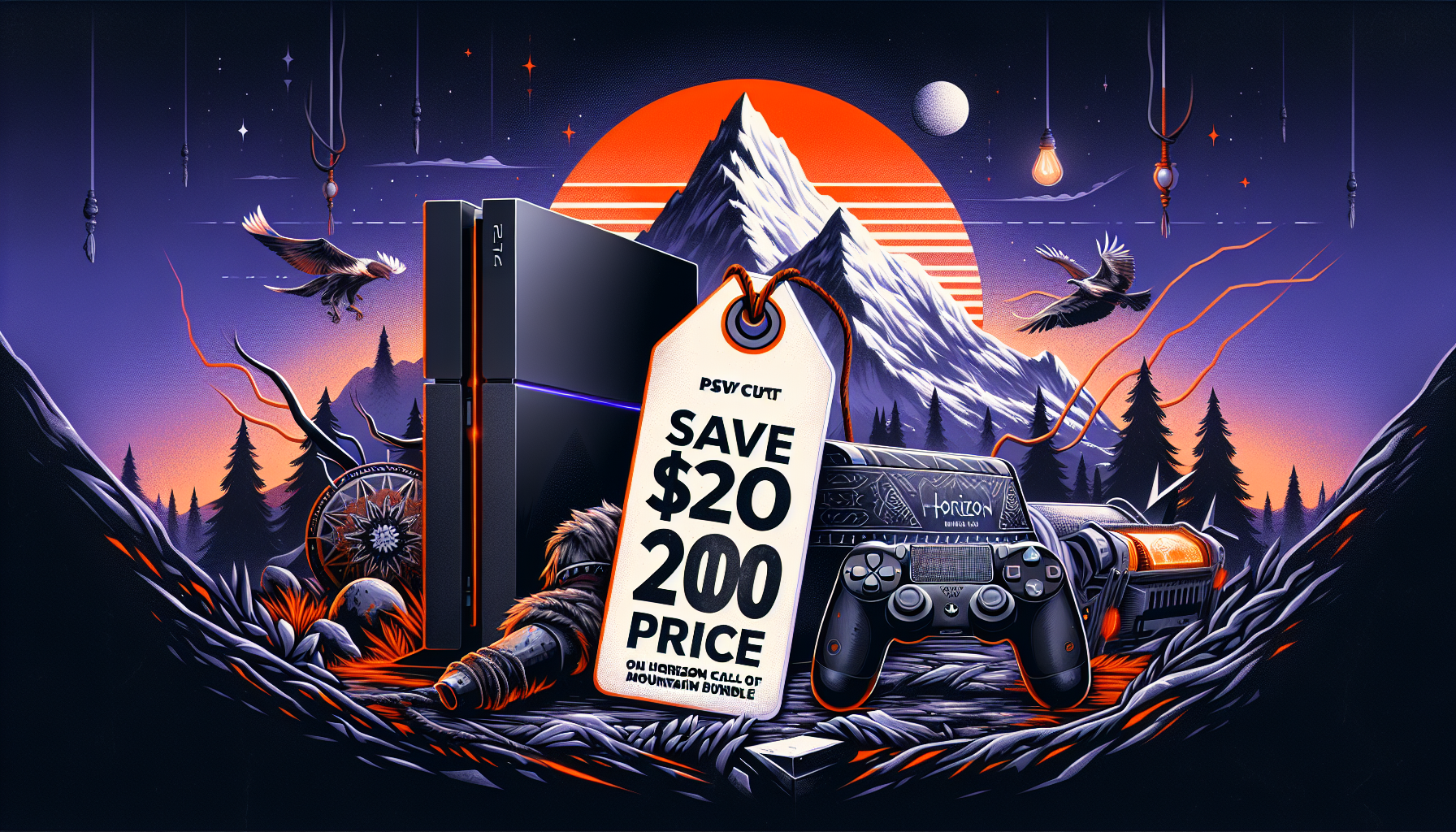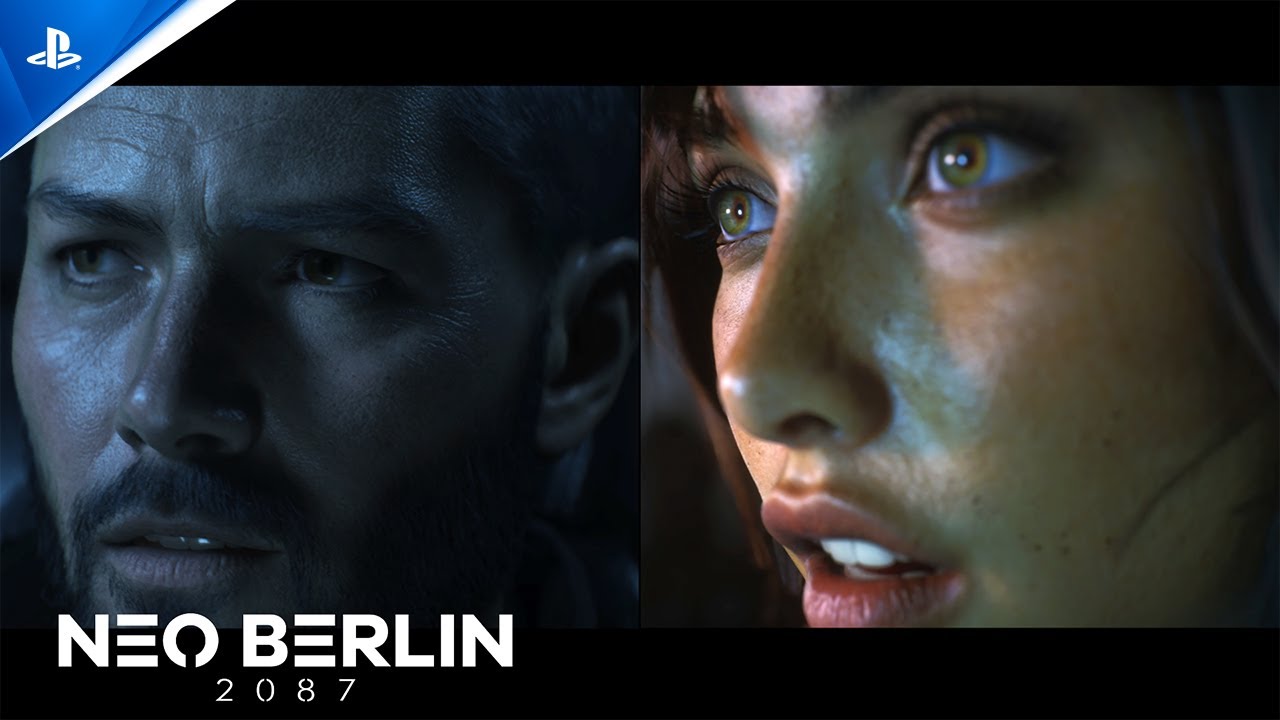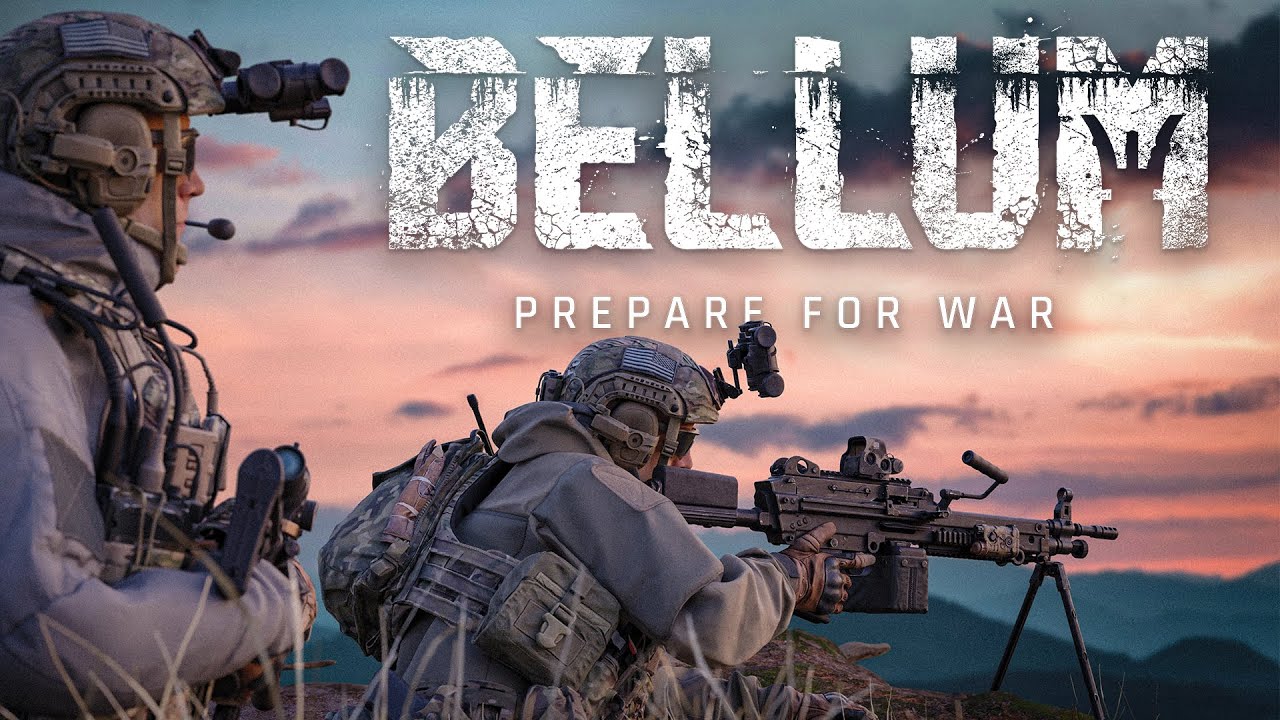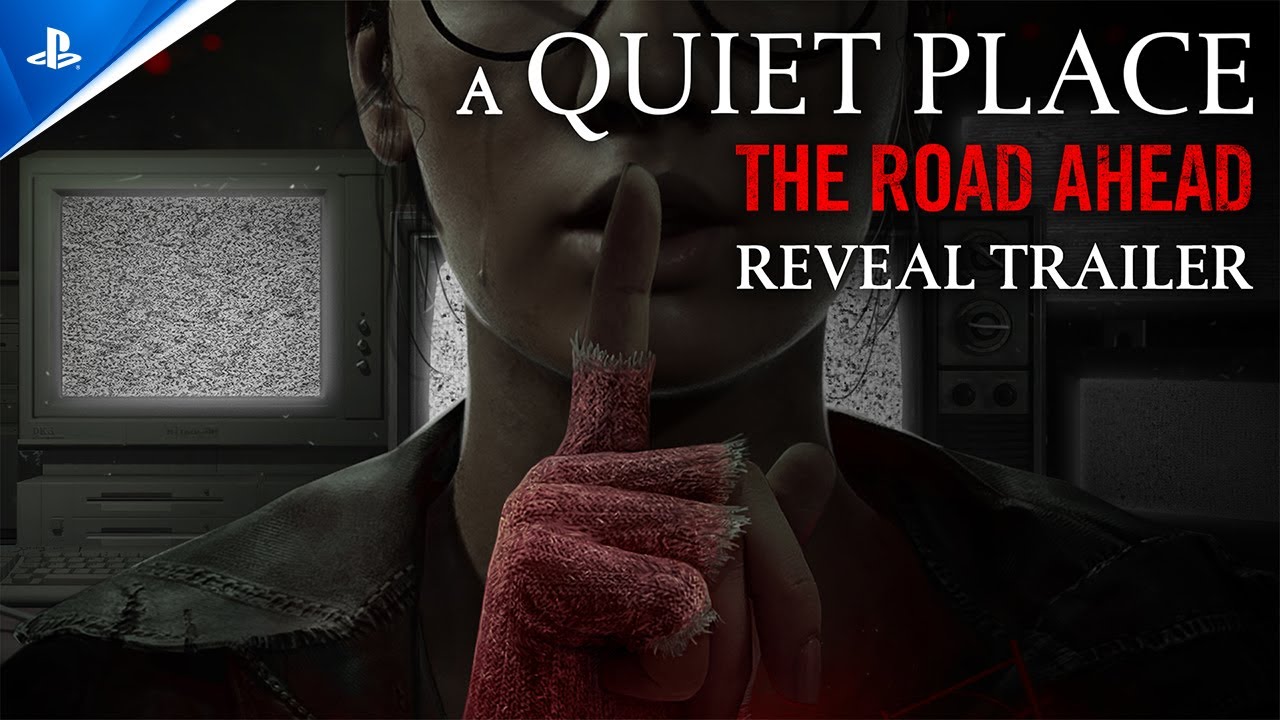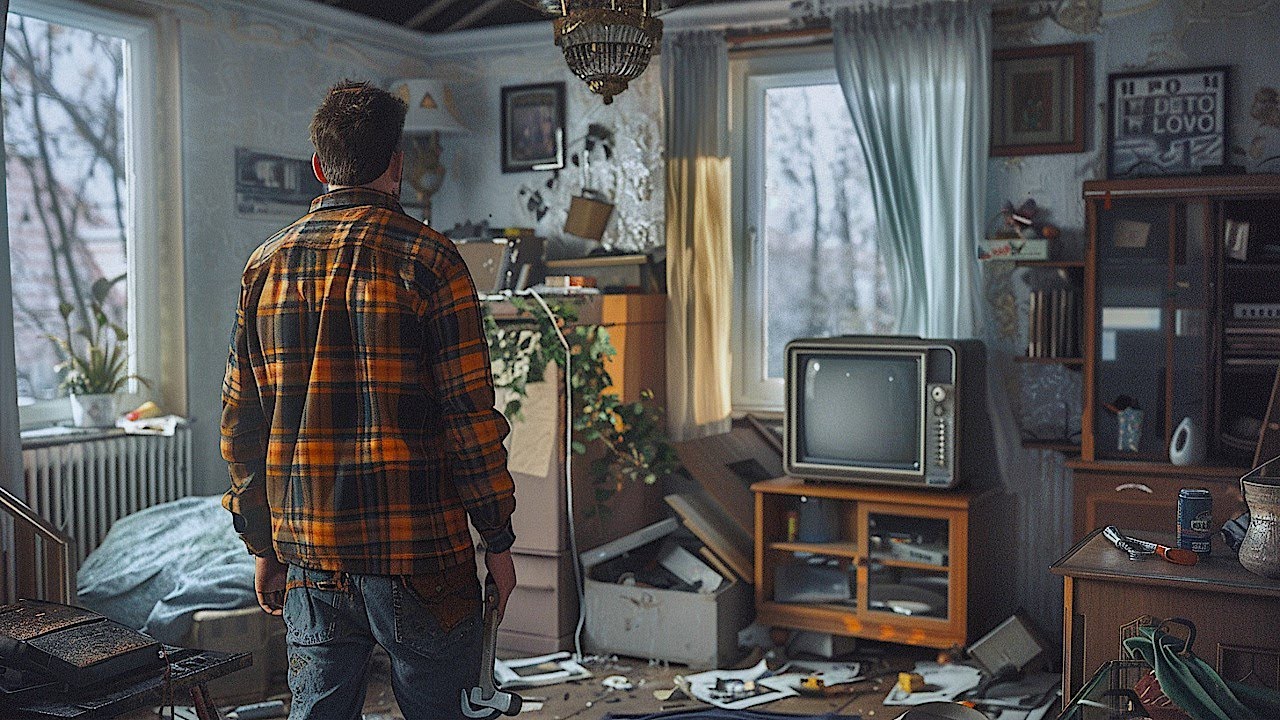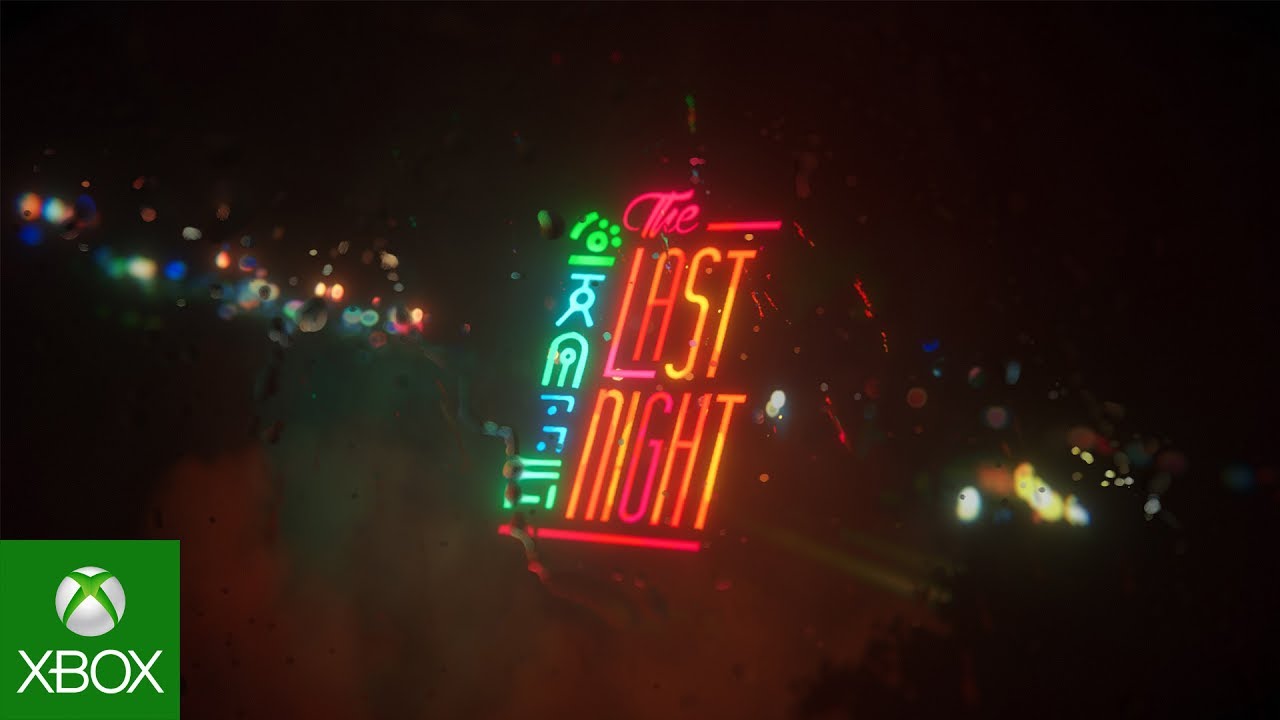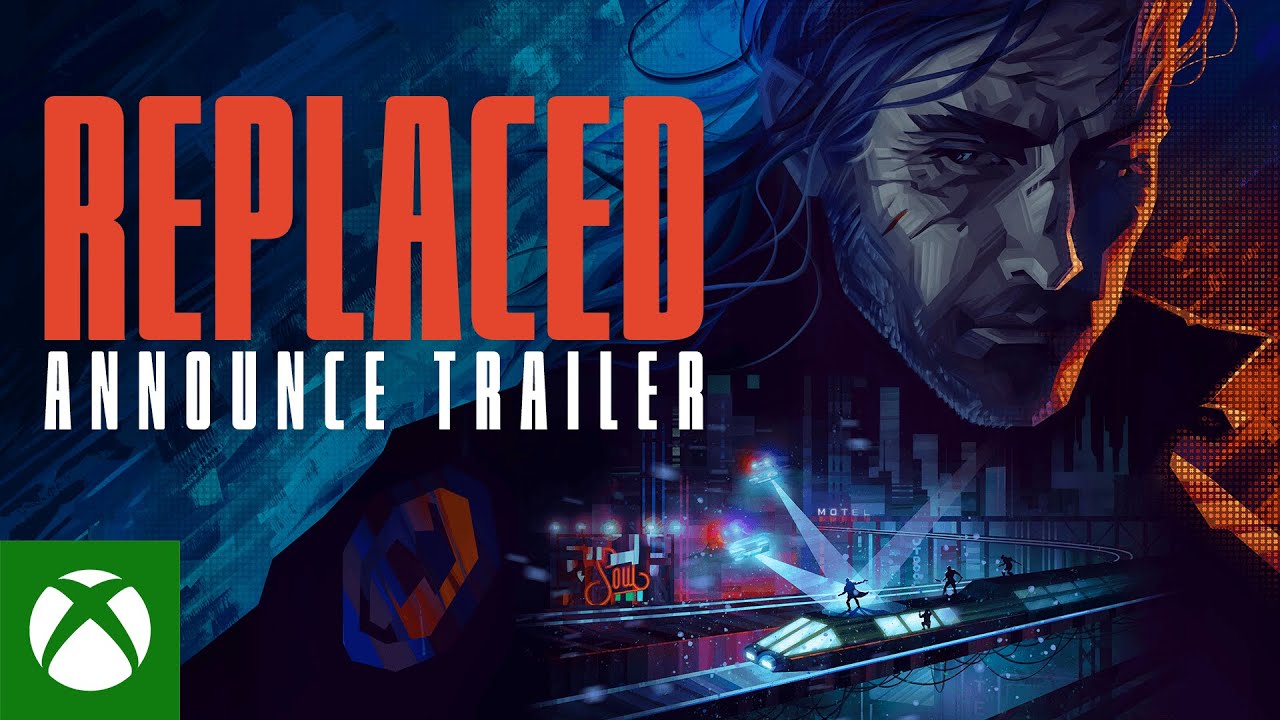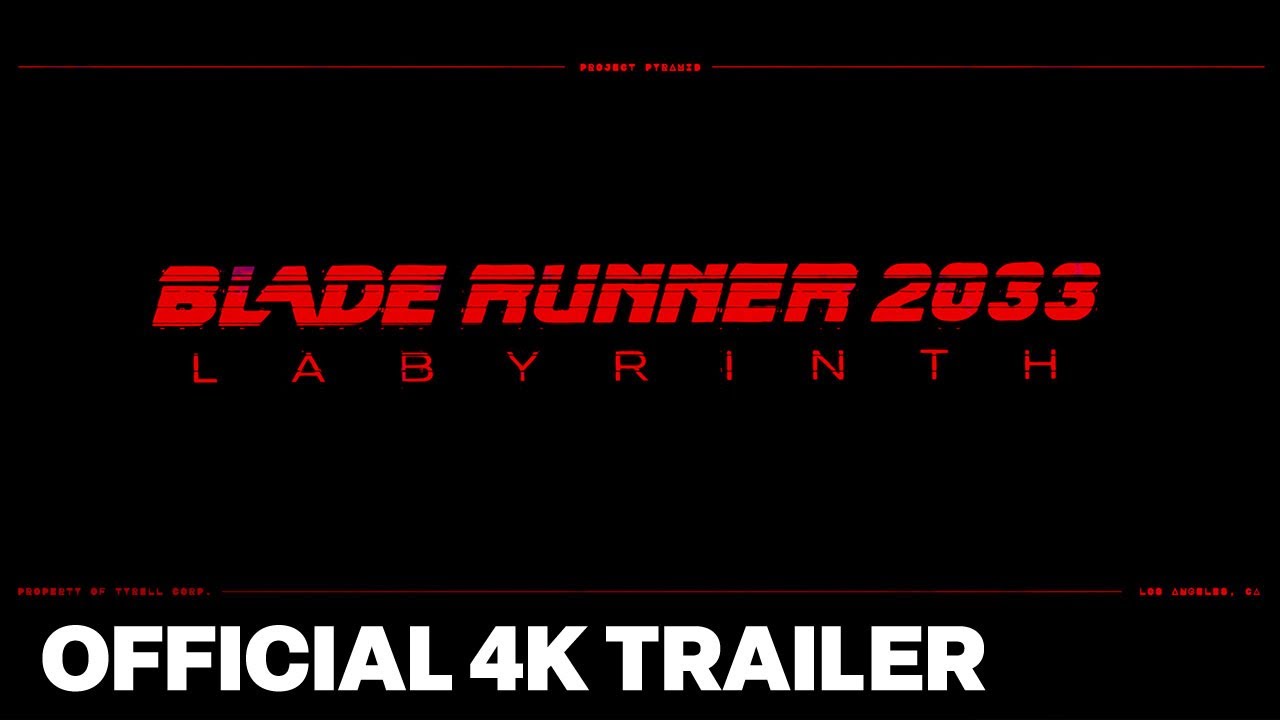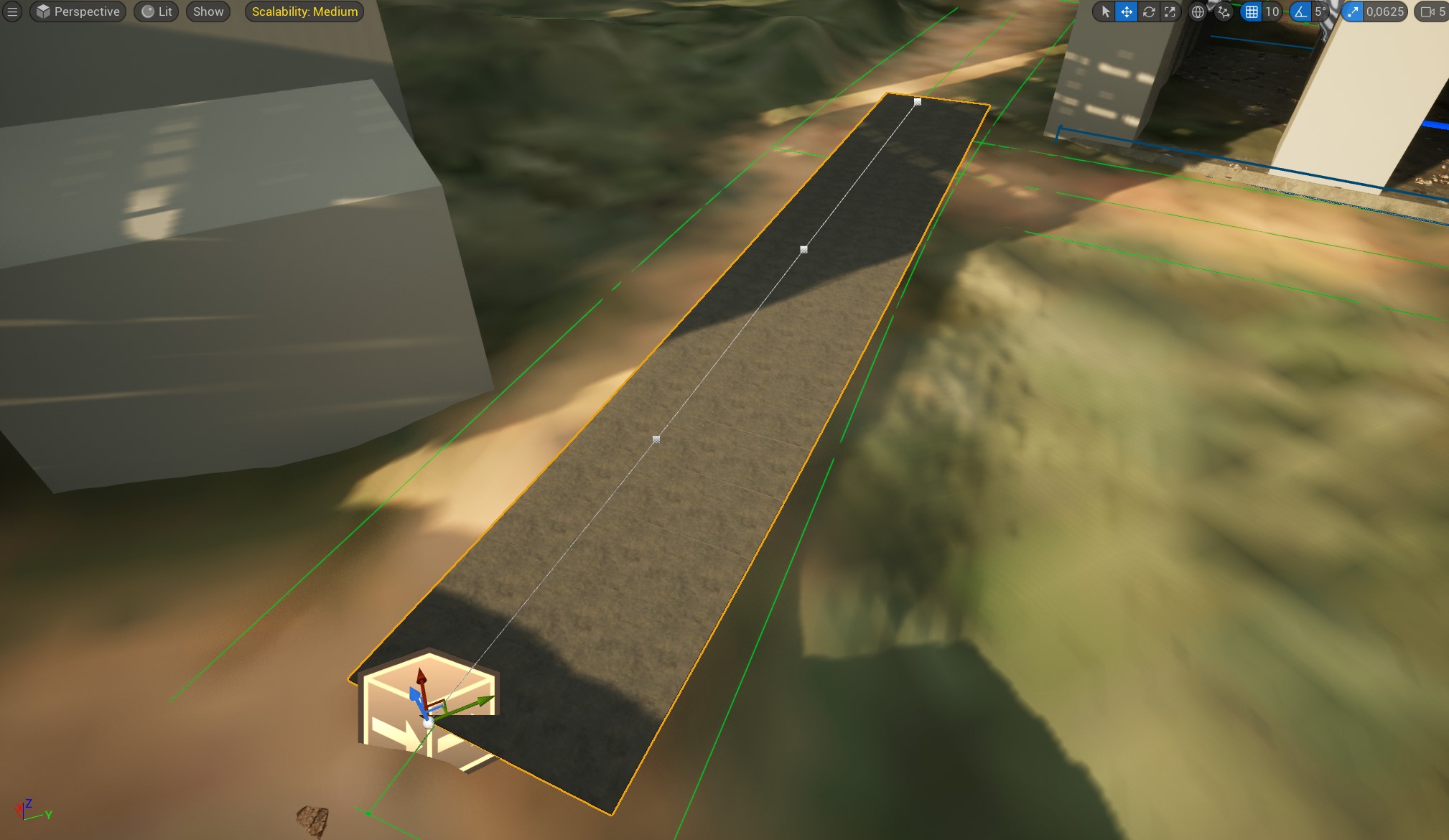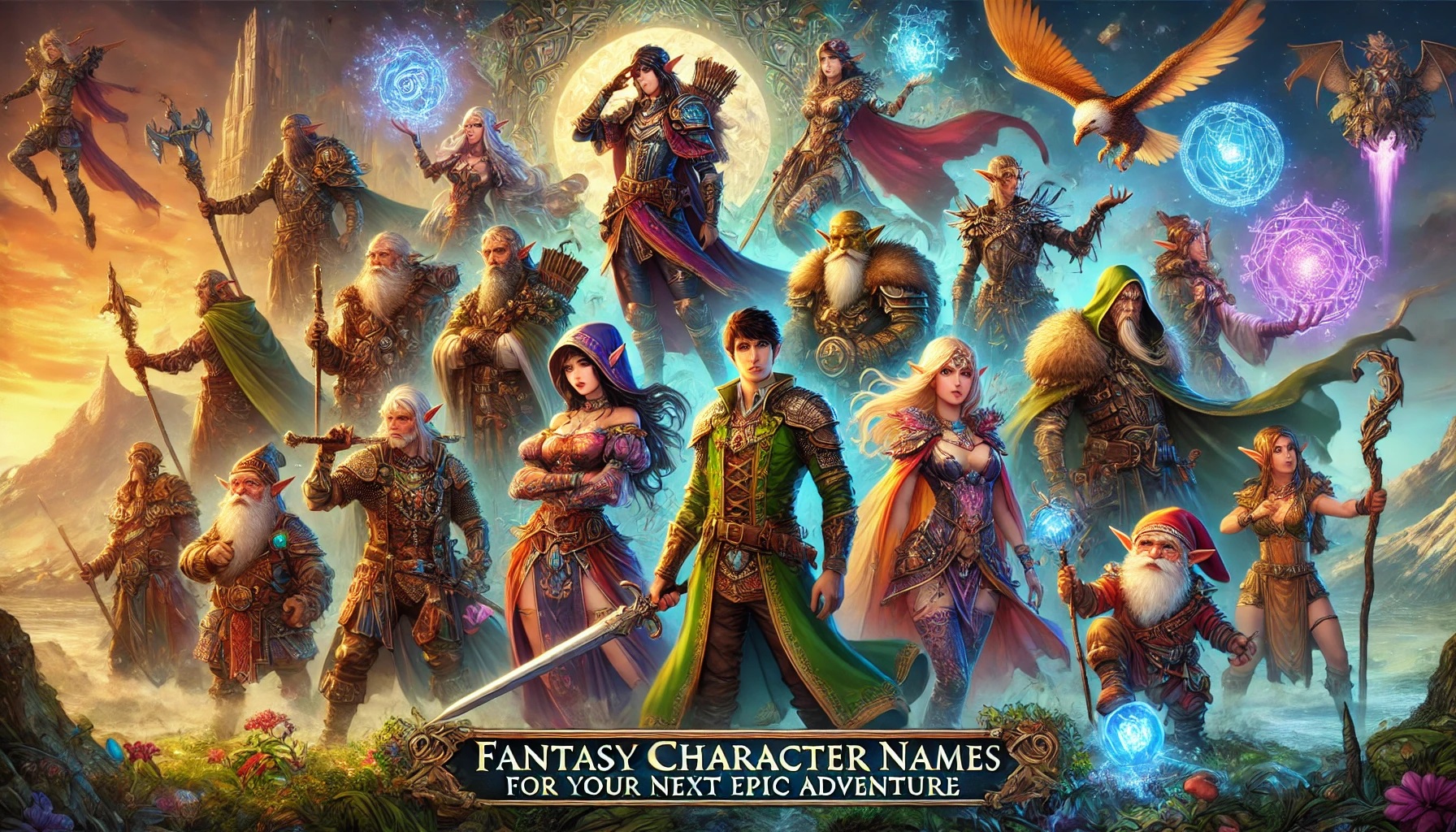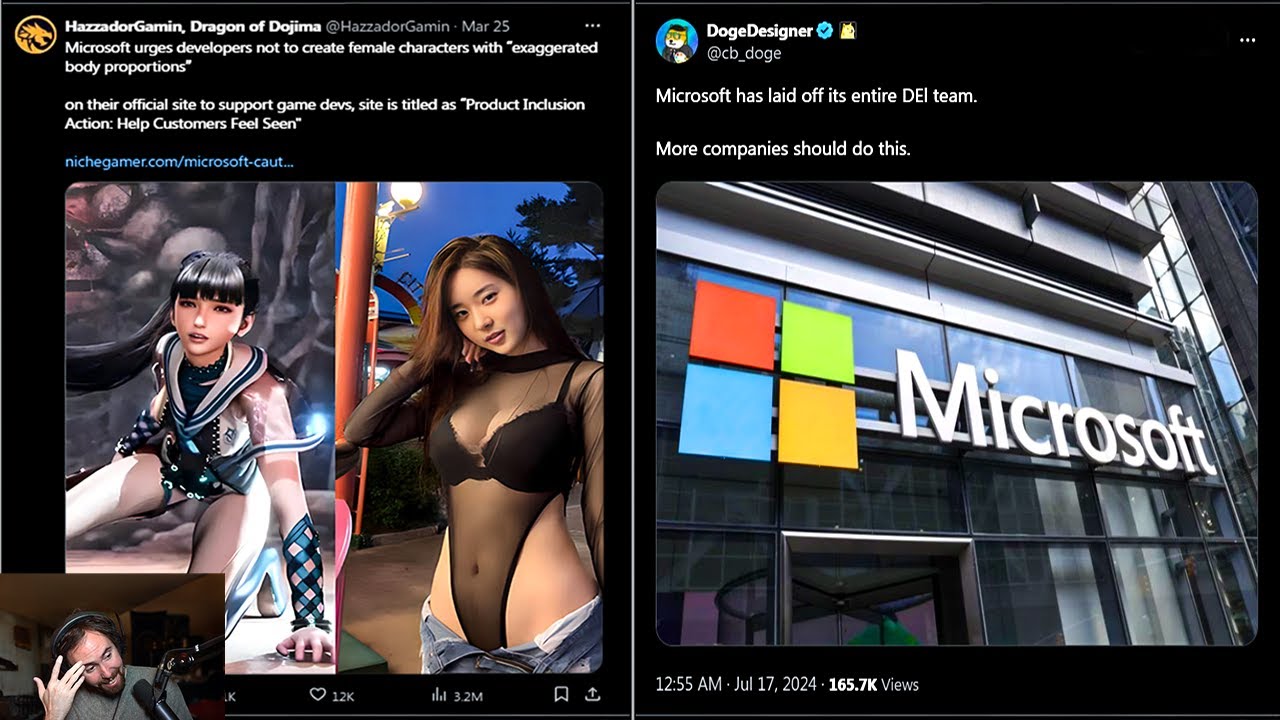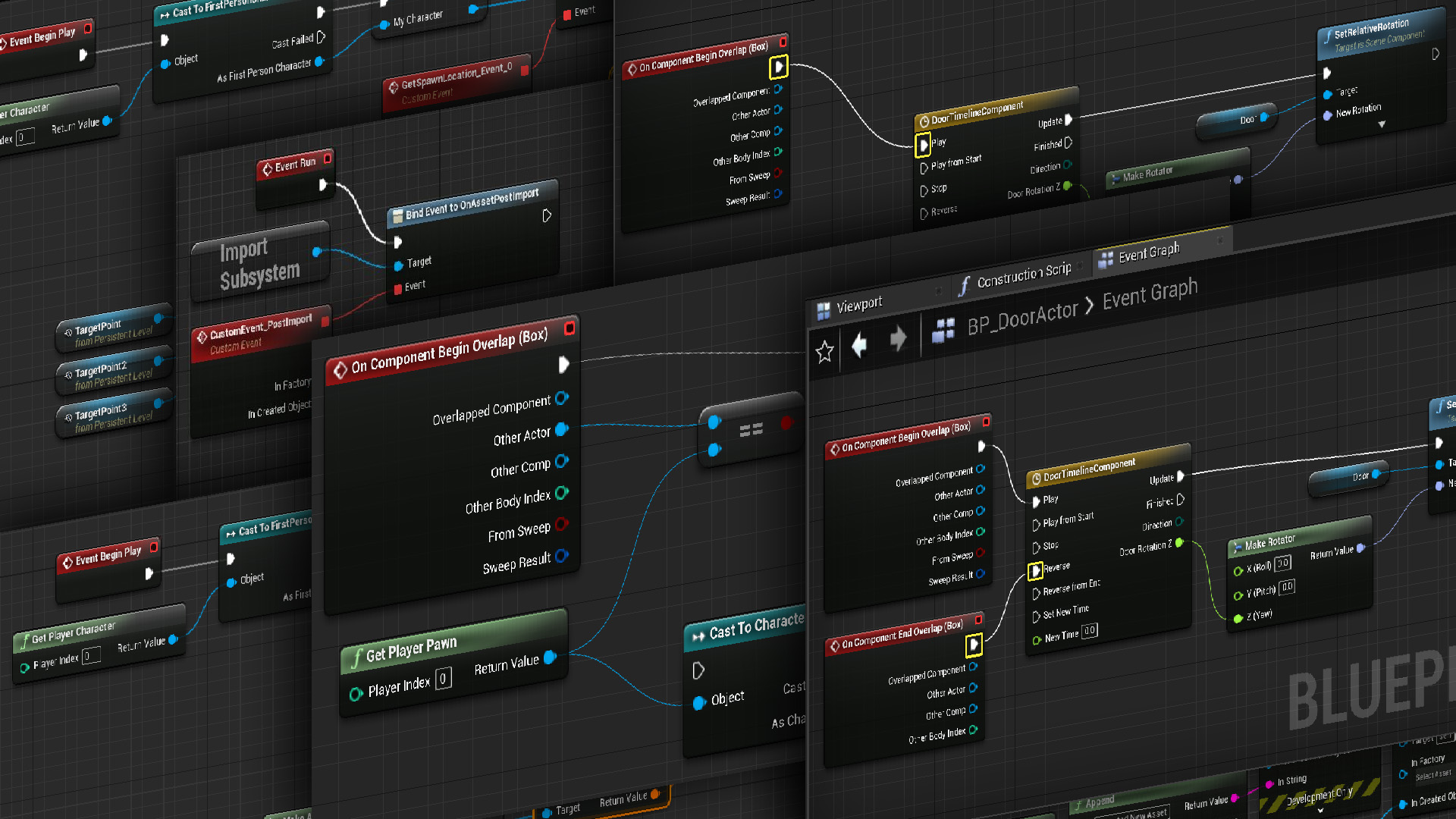# The Influence of Anime on Video Game Art Styles
Anime has grown far beyond just a genre of Japanese animation—it’s now a cultural phenomenon that influences various aspects of global entertainment, especially in the video game industry. Over the years, the bright, exaggerated, and visibly distinct styles of anime have provided inspiration for game developers worldwide, shaping not only their artistic vision but also how gamers view and experience these games. But how exactly has anime affected video game art? And why does this marriage between the distinct anime aesthetic and interactive media work so well?
In this article, we will dive into **the profound influence anime has on video game art styles** and **examine how this relationship has changed the way developers craft immersive gaming experiences**.
—
## 1. **Anime’s Key Aesthetic Elements**
To fully understand how anime has impacted video game art styles, it’s crucial to first highlight some signature aspects of anime’s visual language:
* **Exaggerated Expressions**: Characters in anime are known for their larger-than-life facial expressions, often used to convey emotions such as joy, frustration, or sadness in an overt and highly stylized manner. This form of dramatically displaying emotions allows for better character identification for the audience or player.
* **Distinctive Character Designs**: From vibrant hair colors to uniquely shaped features, anime prides itself on offering a wide variety of character types. These designs aim to evoke personality traits without needing extensive background storytelling, a practice that transfers seamlessly into visual design for video games.
* **Non-Photorealistic Aesthetic**: Anime often favors exaggerated perspectives, hyper-saturated colors, and fantastical settings over realistic depictions, giving it a dreamlike or surreal quality. This divergence from realism is incredibly compatible with the fantastical worlds often portrayed in video games.
With these traits in mind, it becomes clearer how video games have harnessed anime’s iconic design philosophy.
—
## 2. **Popular Video Games That Draw Inspiration from Anime**
Certain video games have developed visual styles influenced by anime either because of direct collaborations with anime studios or simply due to the cultural crossover between these two mediums. Some noteworthy examples include:
### **a) The “Final Fantasy” Series**
The “Final Fantasy” series, especially titles like *Final Fantasy XV* and *Final Fantasy VII: Remake*, is perhaps one of the most well-recognized video games that has embraced anime-influenced art. Many of the character designs, from their hairstyles to their movement, have a distinctly anime flavor.
The use of vibrant worlds combined with strongly defined, emotionally charged characters exemplifies how well anime aesthetics can merge with the RPG (Role-Playing Game) genre.
### **b) “Persona 5″**
A direct and obvious example of anime’s influence can be found in *Persona 5*. The *Persona* series has a visually striking art style that uses cel-shading techniques—reminiscent of anime—to bring characters to life. The game also features animated cutscenes, blending gameplay and anime-style visuals seamlessly, which captures the attention of both anime lovers and traditional gamers.
### **c) “Ni no Kuni”**
Developed in collaboration with Studio Ghibli, *Ni no Kuni* is one of the clearest accounts of anime influencing the world of video games. This action RPG stands as a pure celebration of anime’s whimsical and gorgeously animated style. Players are drawn into a stunning world that merges magical realism and hand-drawn animation, replicating the feeling of being inside a Ghibli film.
—
## 3. **Art Styles: From Cel-Shading to Bold Colors**
One major artistic technique popularized and driven by anime aesthetics in the gaming world is **cel-shading**, a rendering method that makes 3D models appear flat and hand-drawn, imitating traditional 2D art from anime.
### **a) Accessibility of Cel-Shading**
Cel-shading gained popularity in the early 2000s, with games like *Jet Set Radio* and *The Legend of Zelda: The Wind Waker* utilizing it to break away from the growing trend of hyper-realistic graphics. Anime fans appreciated how this art style made them feel more connected to the animated worlds they were familiar with, while also providing developers with a tool to avoid the uncanny valley effect seen in hyper-realistic games.
### **b) Use of Bold and Saturated Colors**
Anime often employs high-contrast color palettes to emphasize particular emotions or scenarios, an attribute that’s trickled into video game environments. Games like *Genshin Impact* employ vibrant landscapes and sharply colorful character designs, aligning themselves aesthetically with anime while using a highly engaging color scheme to make the world feel engaging and alive.
This explosion of color helps in differentiating characters, objects, and environments in a way that is both visually pleasing and easy to navigate for players.
—
## 4. **Anime’s Influence on Character Design in Video Games**
One of the most defining qualities of anime is its **diverse and stylized character designs**, and this has bled into video games that want to emotionally connect players to a wide assortment of characters.
### **a) Emotional Appeal of Anime Characters**
Characters in anime can range from ultra-realistic to incredibly abstract, making them visually appealing while staying away from life-like models. Game designers have taken this flexibility and applied it to both playable avatars and NPCs (non-playable characters).
For example, the diverse cast of characters in *Fire Emblem* games uses anime-style artwork to create instant emotional bonds between the player and the characters, through their intricate designs and expressive eyes.
### **b) Costumes and Fashion**
Anime greatly influences fashion in gaming as well, offering adventurous and ever-exaggerated fashion in character designs. The designs of “Tales” series characters or those in *Final Fantasy* titles frequently feature hairstyles, clothing, and accessories that would be unimaginable in non-anime designs.
—
## 5. **Crossing Cultural Boundaries: Anime as a Global Influence**
The impact of anime on video game art styles transcends borders, having struck a chord with audiences worldwide. Game companies in North America and Europe have also adopted anime aesthetics. Titles like *Dragon Ball FighterZ*, *Naruto Shippuden: Ultimate Ninja Storm*, and *Phoenix Wright: Ace Attorney Trilogy* bring anime-style visuals to a global audience and succeed in part precisely because they utilize these eye-catching, highly-stylized visuals. In some cases, the rise of **Anime-inspired Western games** showcases how the anime aesthetic is now no longer confined to Japan but celebrated globally.
—
## Conclusion: Why the Anime Art Style Increases Video Game Appeal
The visual styles derived from anime make games stand out aesthetically in an industry dominated by increasingly realistic graphics. Players are drawn to worlds that are bursting with color, life, and expression—traits that anime does exceedingly well. Additionally, the exaggerated emotional range present in anime allows for richer storytelling and more dynamic character design in video games.
### Looking Ahead
As video games continue to embrace the unique and distinguishing features of anime art styles, the synergy between these two mediums promises to evolve. The next generation of video games is set to become an even richer hybrid of **interactive gameplay and cinematic anime worlds**, where the line between passive viewing and active participation gets more blurred, pushing the boundaries of artistic expression in both fields.
### Keyword Play:
– The Influence of Anime on Video Game Art Styles
– Anime video game influence
– Cel shading video games
– Anime stylized games
– Anime aesthetics in gaming
—
By understanding how anime has influenced video game art styles, players and developers alike can appreciate the artistic and narrative layers that go into crafting these virtual worlds. Whether it’s through cel-shaded graphics or exaggerated character designs, anime’s enduring legacy in gaming ensures that this shared aesthetic will continue to evolve for years to come.
